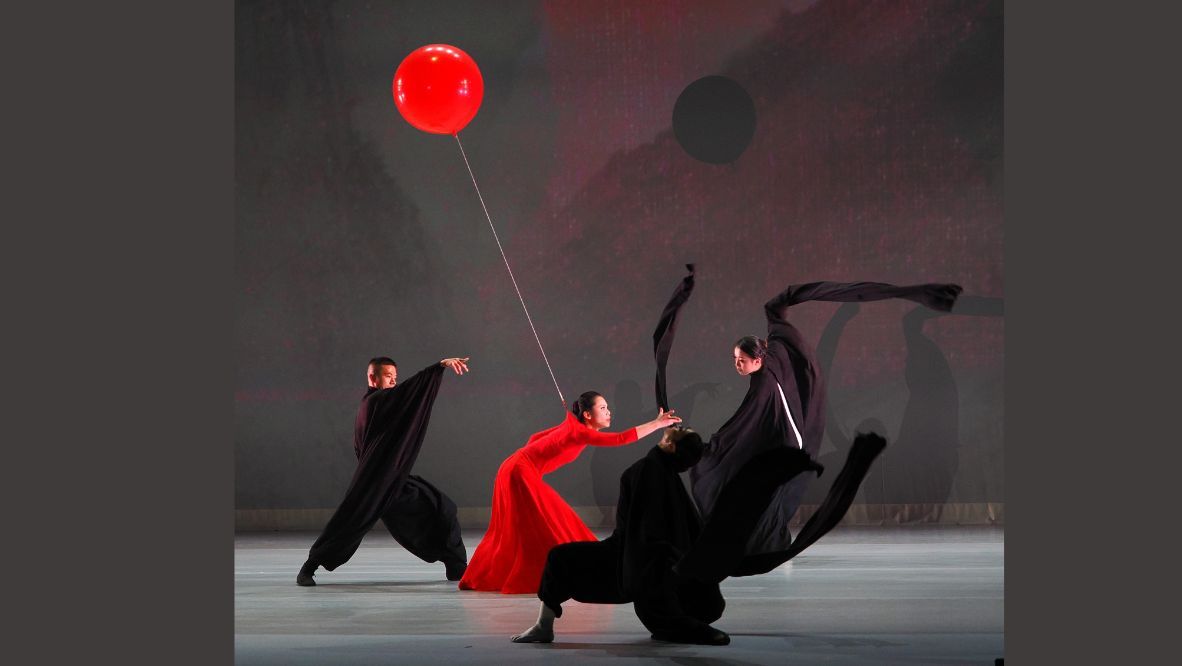Hong Kong choreographer Miranda Chin’s adaptation of Stravinsky’s controversial ballet will feature tai chi elements to celebrate cross-cultural exchange
This year marks the 110th anniversary of The Rite of Spring, a ballet that is widely remembered as one of Russian composer Igor Stravinsky’s more controversial works. When it premiered at the Théâtre de Champs-Elysées in Paris in 1913, its dissonant score, pounding rhythms and avant-garde choreography featuring jerky dance movements caused an uproar among the audience, who were used to romantic ballets and the symmetry of classical music.
More than century later, Miranda Chin, Hong Kong choreographer and former vice-chairman of the Hong Kong Dance Federation, made the bold decision to inject martial arts into The Rite of Spring, and have reinterpreted Stravinsky’s work thrice between 2003 and 2023.
Don’t miss: Hong Kong conductor revolutionises classical orchestra music with Canto-pop

This year’s production, entitled Hè Rite of Spring (he means “harmony” in Mandarin), was created in collaboration with French May, and is a double bill featuring Hè Dancing with the World and The Rite of Spring. The first part explores how tai chi—a style of Chinese martial arts—can be merged with Chin’s modern dance movements and is part of her ongoing exploration on the topic. And the second part is the newest adaptation of The Rite of Spring produced under Chin’s artistic direction, and her latest exploration into the human-nature-and-technology relationship through the ballet.
Stravinsky’s original depicts a Slavic tribe sacrificing a young girl who dances to death to celebrate the return of spring, but in Chin’s contemporary versions, the girl is replaced by a spiritual leader who, in Taoism is someone that is deeply connected with nature. In 2013, Chin’s spiritual leader character’s experience of the modern word highlights society’s disconnect with nature, while in 2023 she is a metaphor for AI, and how much society relies on it these days for thinking, communicating, solving problems and so much more.
For Chin, her adaptations are meant to spark conversations about the impact of technological advancement on the human condition.




